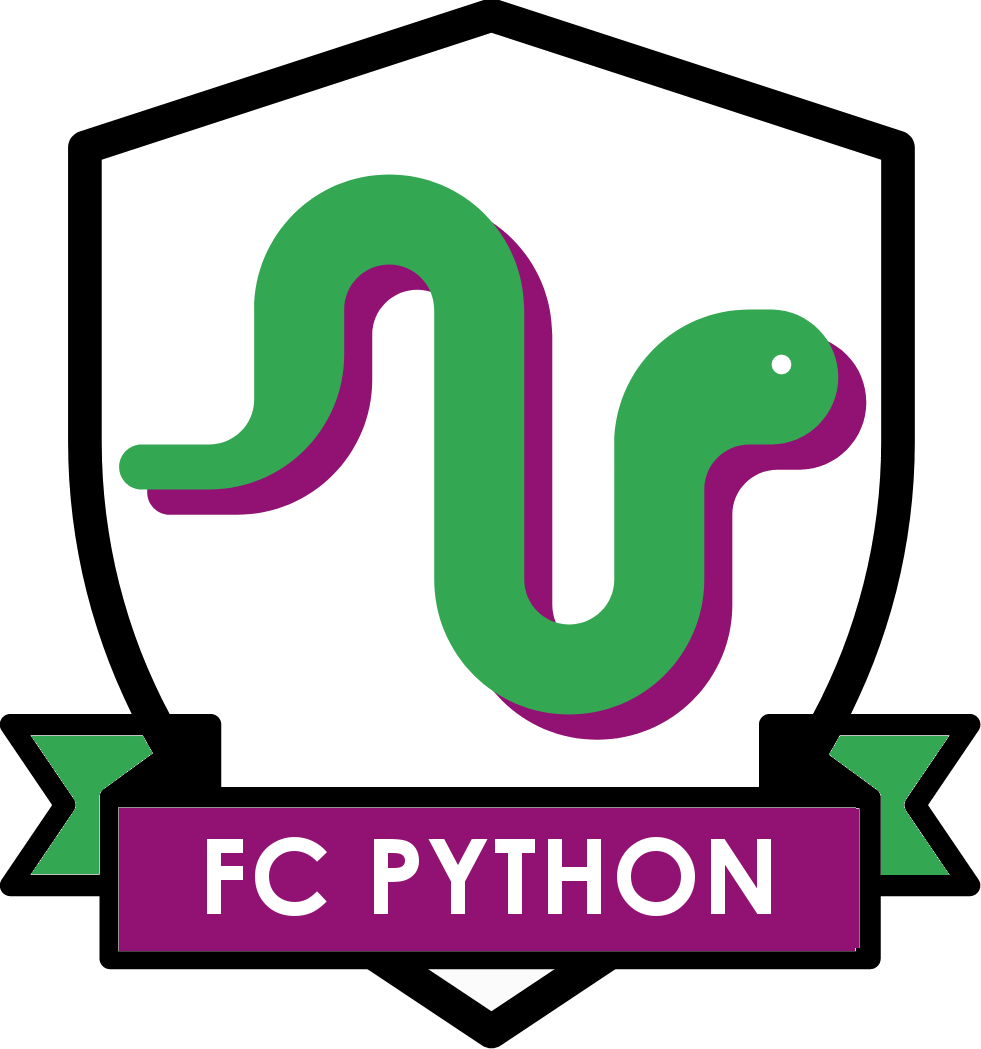FC Python recently received a tweet from @fitbawnumbers applying our lollipop chart code to Pep’s win percentage. It was great to see this application of the chart, and especially interesting because Philip then followed up with another chart showing the same data from Excel. To be blunt, the Excel chart was much cleaner/better than our lollipop charts – Philip had done a great job with it.
This has inspired us to put together a post exploring some of matplotlib’s customisation options and principles that underpin them. Hopefully this will give us a better looking and more engaging chart!
As a reminder, this is the chart that we are dealing with improving, and you can find the tutorial for lollipop charts here.
Step One – Remove everything that adds nothing
There is clearly lots that we can improve on here. Let’s start with the basics – if you can remove something without damaging your message, remove it. We have lots of ugly lines here, let’s remove the box needlessly around our data, along with those ticks. Likewise the axes labels, we know that the y axis shows teams – so let’s bin that too. We’ll do this with the following code:
#For every side of the box, set to invisible
for side in ['right','left','top','bottom']:
ax.spines[side].set_visible(False)
#Remove the ticks on the x and y axes
for tic in ax.xaxis.get_major_ticks():
tic.tick1On = tic.tick2On = False
for tic in ax.yaxis.get_major_ticks():
tic.tick1On = tic.tick2On = False
Step Two – Where appropriate, change the defaults
Philip’s Excel chart looked great because it didn’t look like an Excel chart. He had changed all of the defaults: the colours, the font, the label location. Subsequently, it doesn’t look like the charts that have bored us to death in presentations for decades. So let’s change our title locations and fonts to make it look like we’ve put some effort in beyond the defaults. Code below:
#Change font
plt.rcParams["font.family"] = "DejaVu Sans"
#Instead of use plt.title, we'll use plt.text to fully customise it
#First two arguments are x/y location
plt.text(55, 19,"Premier League 16/17", size=18, fontweight="normal")
Step Three – Add labels if they are clean and give detail
While the lollipop chart makes it easy to understand the differences between teams, our orignal chart requires users to look all the way down if they want the value. Even then, the audience has to make a rough estimation. Why not add values to make everything a bit cleaner?
We can easily iterate through our values in the dataframe and plot them alongside the charts. The code below uses ‘enumerate()’ to count through each of the values in the points column of our table. For each value, it writes text at location v,i (nudged a bit with the sums below). Take a look at the for loop:
for i, v in enumerate(table['Pts']):
ax.text(v+2, i+0.8, str(v), color=teamColours[i], size = 13)
Step Four – Improve aesthetics with strong colour against off-white background
Our lollipop sticks are very, very thin. We can improve the look of these by giving them a decent thickness and a block of bold colour. Underneath this colour, we should add an off-white colour. This differentiates the plot from the rest of the page, and makes it look a lot more professional. Next time you see a great plot, take note of the base colour and try to understand the effect that this has on the plot and article as a whole!
Our code for doing these two things is below:
#Set a linewidth in our hlines argument
plt.hlines(y=np.arange(1,21),xmin=0,xmax=table['Pts'],color=teamColours,linewidths=10)
#Set a background colour to the data area background and the plot as a whole
ax.set_facecolor('#f7f4f4')
fig.patch.set_facecolor('#f7f4f4')
Fitting it all together
Putting all of these steps together, we get something like the following. Follow along with the comments and see what fits in where:
#Set our plot and desired size
fig = plt.figure(figsize=(10,7))
ax = plt.subplot()
#Change our font
plt.rcParams["font.family"] = "DejaVu Sans"
#Each value is the hex code for the team's colours, in order of our chart
teamColours = ['#034694','#001C58','#5CBFEB','#D00027',
'#EF0107','#DA020E','#274488','#ED1A3B',
'#000000','#091453','#60223B','#0053A0',
'#E03A3E','#1B458F','#000000','#53162f',
'#FBEE23','#EF6610','#C92520','#BA1F1A']
#Plot our thicker lines and team names
plt.hlines(y=np.arange(1,21),xmin=0,xmax=table['Pts'],color=teamColours,linewidths=10)
plt.yticks(np.arange(1,21), table['Team'])
#Label our axes as needed and title the plot
plt.xlabel("Points")
plt.text(55, 19,"Premier League 16/17", size=18, fontweight="normal")
#Add the background colour
ax.set_facecolor('#f7f4f4')
fig.patch.set_facecolor('#f7f4f4')
for side in ['right','left','top','bottom']:
ax.spines[side].set_visible(False)
for tic in ax.xaxis.get_major_ticks():
tic.tick1On = tic.tick2On = False
for tic in ax.yaxis.get_major_ticks():
tic.tick1On = tic.tick2On = False
for i, v in enumerate(table['Pts']):
ax.text(v+2, i+0.8, str(v), color=teamColours[i], size = 13)
plt.show()
Without doubt, this is a much better looking chart than the lollipop. Not only does it look better, but it gives us more information and communicates better than our former effort. Thank you Philip for the inspiration!
Summary
This article has looked at a few ways to tidy our charts. The rules that we introduced throughout should be applied to any visualisation that you’re looking to communicate with. Ensure that your charts are as clean as possible, are labelled and stray away from defaults. Follow these, and you’ll be well on your way to creating great plots!
Why not apply these rules to some of the other basic examples in our visualisation series and let us know how you improve on our articles!

